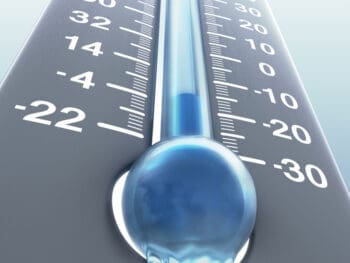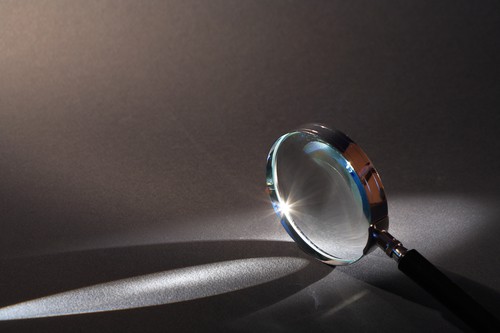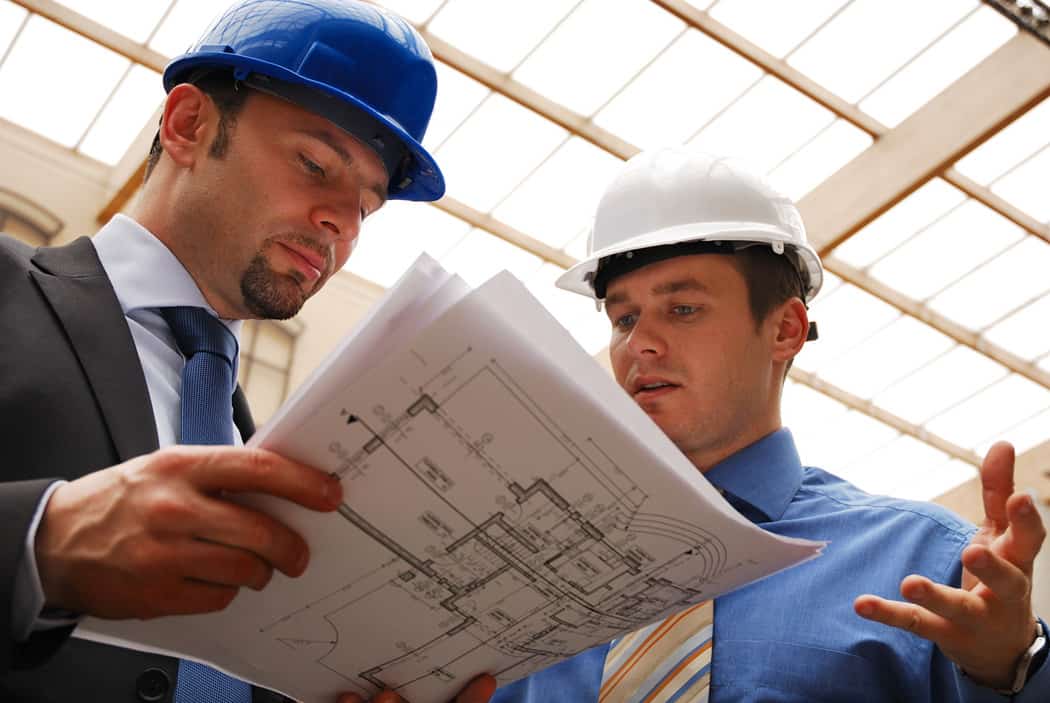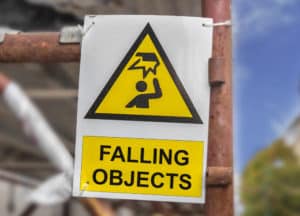
Struck-by incidents were recently named the leading cause of work-related deaths in North Carolina last year, at 19. Nationally, the government estimates 10 percent of workplace fatalities each year are due to struck-by accidents. Awareness, education, training and the use of personal protective equipment are generally all that are needed to prevent these tragedies.
Click Link to Access Free PDF Download
“4-Step Sequence For Effective Employee Screening, Hiring, & Placement”
The vast majority of struck-by fatalities involve trucks, cranes or other heavy equipment. The main hazards are vehicles, falling or flying objects, and constructing masonry walls. Here are ways companies can mitigate the risks.
Vehicles
Workers can be pinned between construction vehicles and walls, hit by swinging equipment such as backhoes, or crushed under vehicles that have overturned. Vehicle safety practices should be mandatory at any site that involves vehicles and/or heavy equipment.
- Perform a safety check. All vehicles should have proper safety devices. Before every shift, supervisors and/or workers should make sure all vehicle and equipment parts and accessories are in safe operating condition. The vehicle or equipment should be taken out of service until needed repairs are made.
- Have a clear view. Vehicles should not be backed up if the driver is unable to see what is behind him. If that’s not possible, an audible alarm should be operational or a designated person should direct the vehicle from the outside. The driver should ensure there are no individuals near his vehicle before dumping or lifting materials with it.
- Set the vehicle before leaving. Parking brakes should be engaged when the vehicle is not in use, and wheels on an incline should be chocked. End-loader buckets, scraper blades, dump bodies etc., should be lowered on the vehicle when it is not in use.
- Don’t overload. Workers should adhere to the vehicle’s lift capacity.
- Set up barriers. For construction sites near public roadways, there should be barricades and/or flaggers and good traffic signs set up. Personnel at these sites must be clothed so they are easily visible to other drivers, including reflective material at night.
Falling / Flying
Being under an elevated work area can lead to falling object injuries, while activities such as pushing, pulling prying or grinding may cause objects to be airborne and strike a worker. Workers under or around such areas, as well as those doing overhead work need to be vigilant about safety.
- Check equipment to make sure it is operating properly. Make sure small tools, such as saws have protective guards that are in good condition.
- Hard hats should be required of all workers in such conditions. Safety glasses, face shields or goggles are advisable in areas where flying particles could be an issue.
- Look up. Work should not be done where loads are being moved overhead. Barricades should be set up with warning signs posted.
- Secure the site. Consider protective equipment such as toeboards, debris nets or canopies to catch falling objects. When the work is completed for the day, make sure all materials and tools are stacked and secured to prevent them from falling. Make sure loads are secured and lifted evenly.
- Compressed air. Compressed air used for cleaning should be reduced to 30 psi. It should only be used with appropriate guarding and protective equipment, and clothing should not be cleaned with it.
Masonry Walls
Positioning slabs and walls or shoring up structures involves heavy loads that must be supported and can lead to catastrophic results if precautions are not taken. A trained professional should dictate when a concrete structure is strong enough to place construction loads on it.
- Brace the structure. Make sure permanent supporting elements are in place or concrete has been tested for sufficient strength for whatever will be loaded on it. Until such time, brace the structure.
- Limit the numbers. Anyone who is not essential to the construction or lifting operations should be prohibited from the work area.
- Secure wire mesh. Make sure mesh cannot recoil by securing the ends or turning the mesh roll over.
- Check the weight. Avoid loading up lifting devices beyond their weight capacity.
Conclusion
Providing training to all workers at risk of struck-by incidents is vital to protecting them. A few simple and inexpensive steps are all that is needed to save lives and protect your company’s bottom line.
For additional information on workers’ compensation cost containment best practices, register as a guest for our next live stream training.
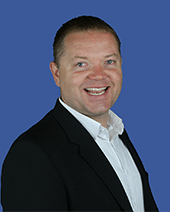
Contact: mstack@reduceyourworkerscomp.com.
Workers’ Comp Roundup Blog: https://blog.reduceyourworkerscomp.com/
Live Stream WC Training: http://workerscompclub.com/livestreamtraining
©2017 Amaxx LLC. All rights reserved under International Copyright Law.
Do not use this information without independent verification. All state laws vary. You should consult with your insurance broker, attorney, or qualified professional.


